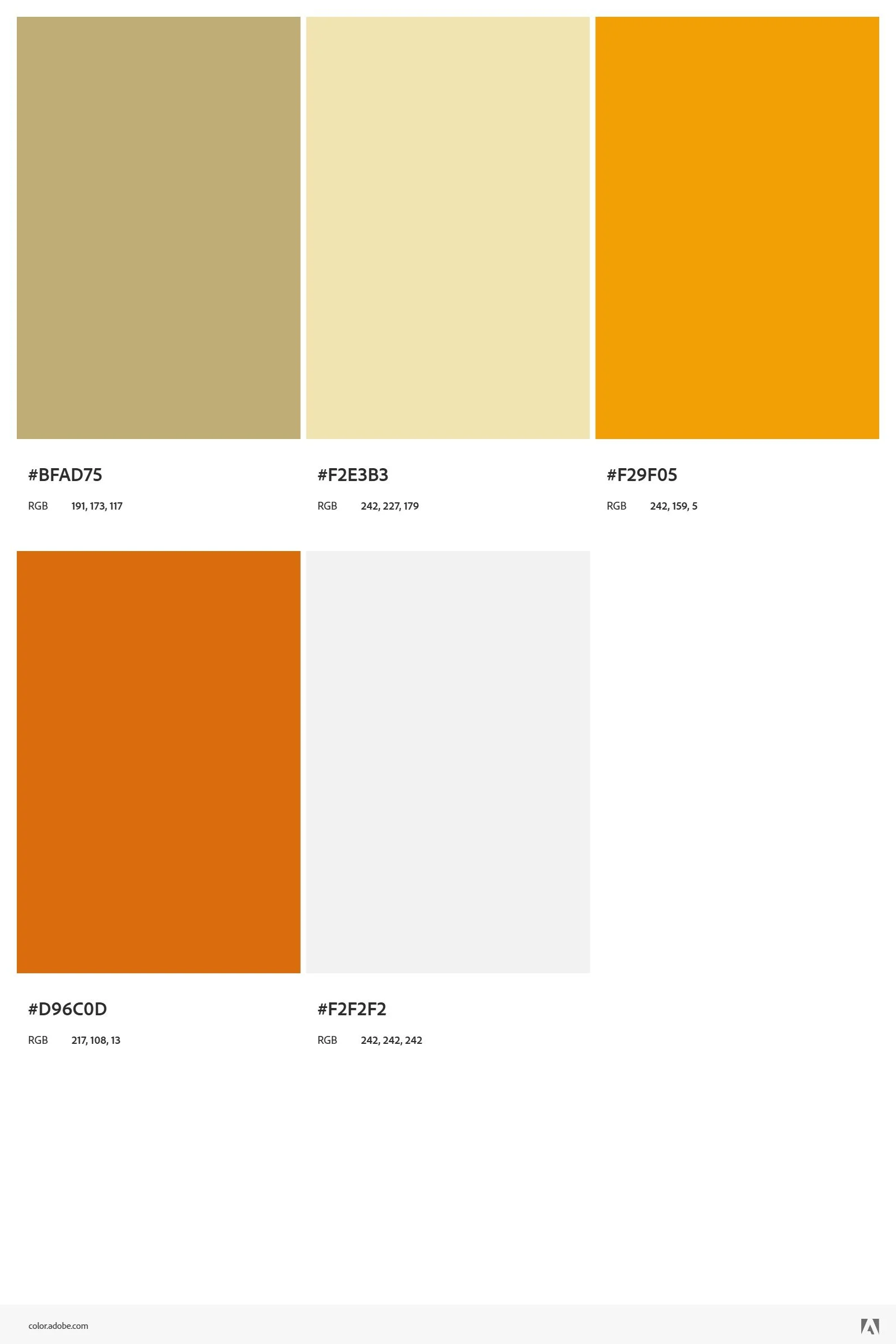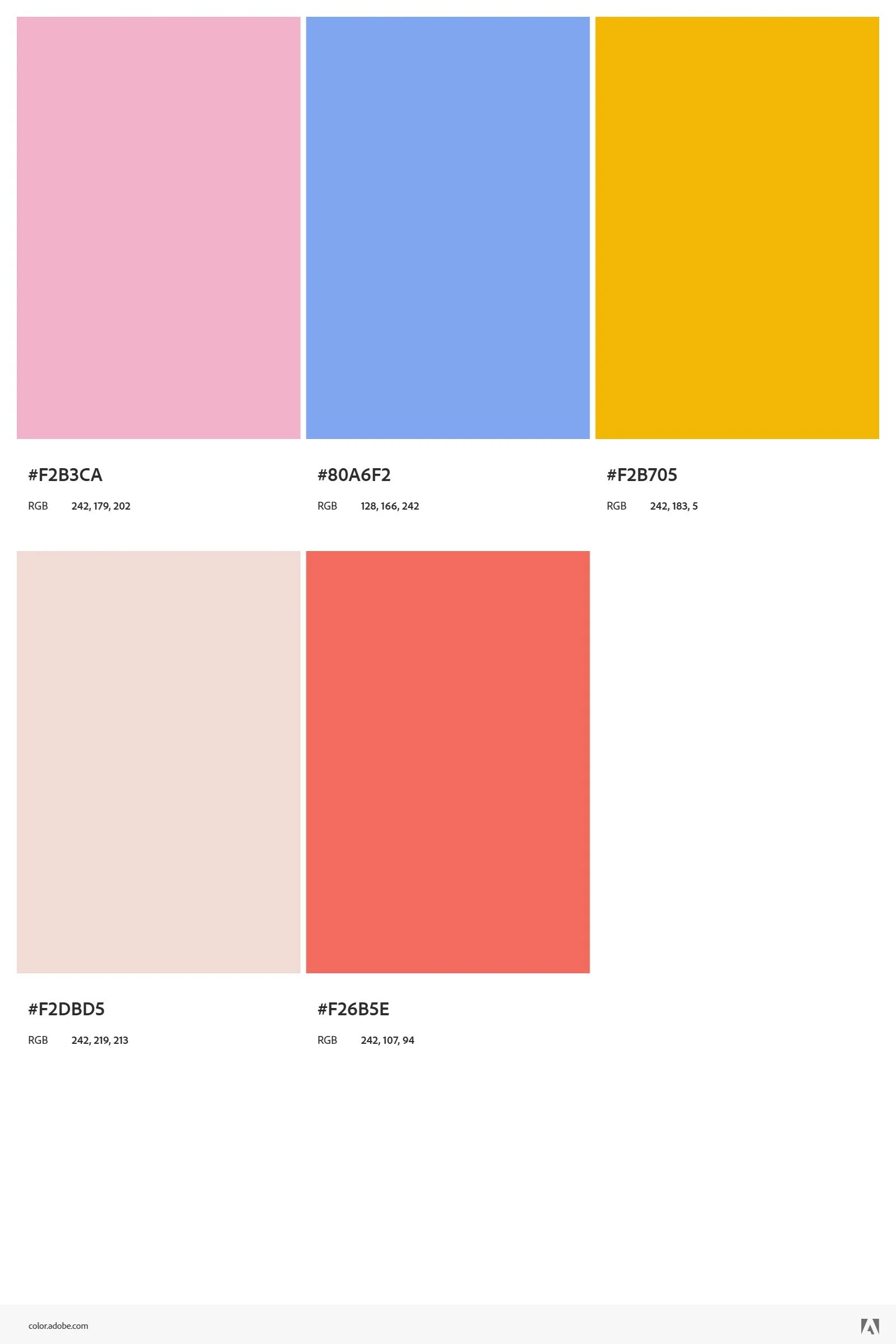BUTTOCKS (ZADKY)
BUTTOCKS – MANIFESTO
It’s not about provocation.
It’s not about desire.
It’s not about objectification.
It’s about form.
About curve.
About color.
About light.
It’s about the female body as a landscape – not to be conquered, but to be admired.
A body without lust. Without shame. Without filters.
A body that simply is.
Nudity here is not a challenge, but a visual language.
Color is not an effect, but the voice of silence.
Every silhouette is presence. Not a character. Not a name.
Only being.
The model is not an object. She is a co-creator.
Dignified. Free. Seen.
This project is about a beauty that doesn’t need explanation.
About a gaze that does not wound.
About an image that does not judge.
BUTTOCKS is not about what we think we see.
It’s about what we have forgotten how to feel.
Artistic Concept and Intent
This project arises from a deep fascination with femininity and corporeality as an organic form—one that carries within itself aesthetic, symbolic, and emotional value. The working title BUTTOCKS is not meant to provoke, but to reflect: it names what is often hidden or viewed through the prism of shame, stereotype, or superficial attraction. The aim of this series is to liberate the gaze from the context of banal desire and to offer space for perceiving the silhouette and female curves as visual lines, the body as landscape, color as an expression of sensitivity and soul.
The female buttocks here become an abstract surface where color and light merge. Color is not decoration, but a means of emphasizing volume, rhythm, and inner expression. In this context, nudity loses its erotic charge and becomes pure form—a body freed from prejudice, seen without shame. Each image is a search for balance between flesh and spirit, between strength and fragility.
The models are not objects, but co-creators. They are beings who lend their bodies to an artistic idea without losing dignity or integrity. The project respects femininity in all its forms and approaches it with reverence, not with hunger. At the same time, it raises questions: What do we truly see when we look at a body? What do shape, color, and line evoke in us—and why? What role do our cultural filters play?
The result will be a series of photographs that do not portray individual women, but celebrate the female form as a visual element—wordless, shameless, without the intention to seduce.
Only to be.










